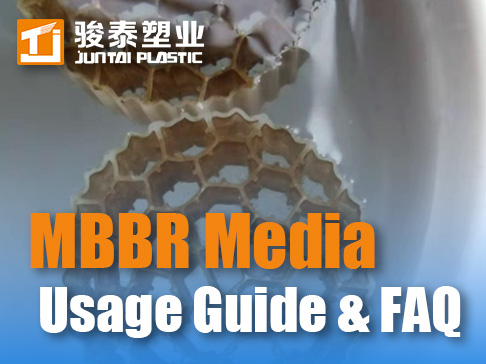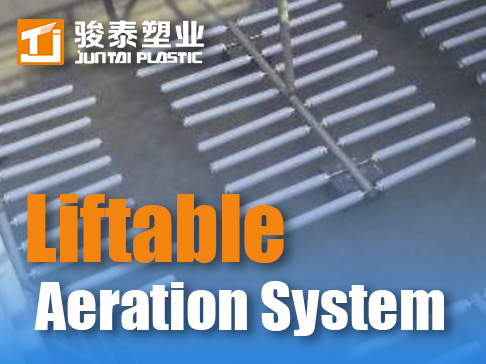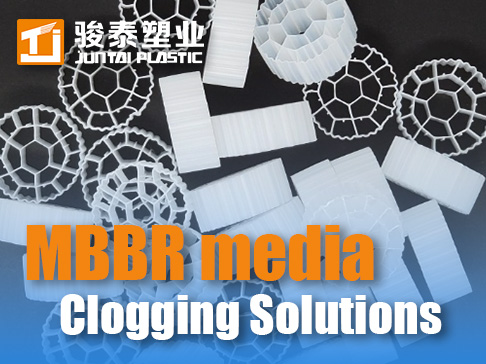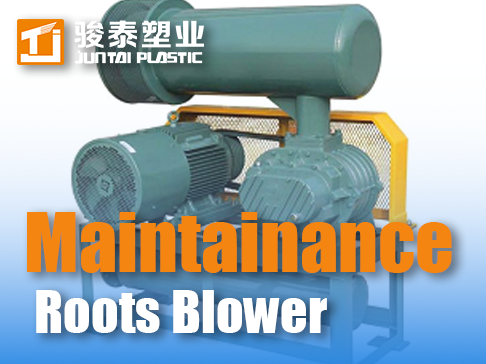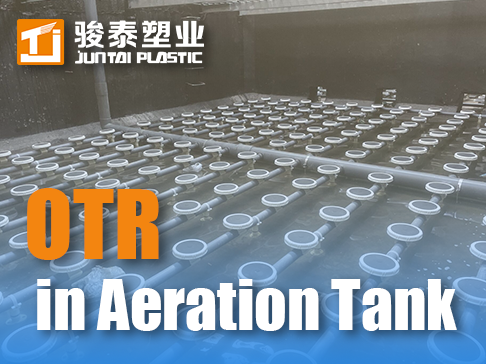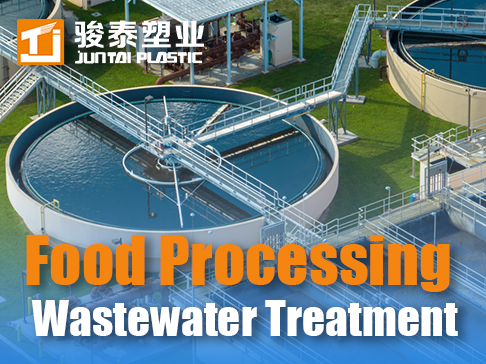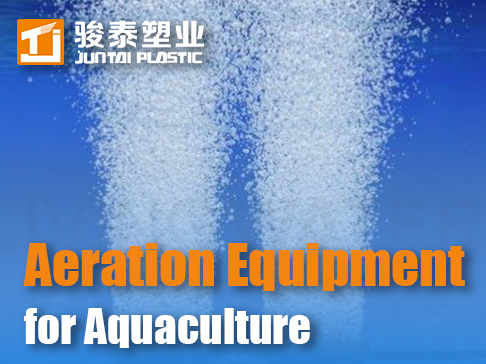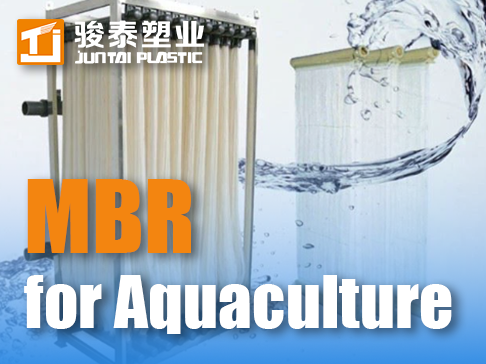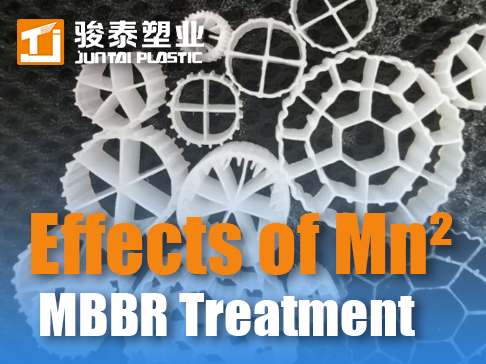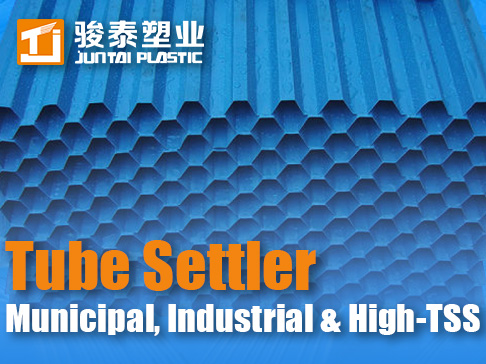 +86 13600513715
+86 13600513715 How to Maximize Oxygen Transfer Efficiency with JUNTAI Disc Diffusers?
Why Oxygen Transfer Efficiency Matters in Aeration Systems
Aeration accounts for 45-75% of energy consumption in wasteWater Treatment plants (WWTPs). Low-efficiency diffusers lead to skyrocketing operational costs and incomplete biological reactions. As a leading manufacturer of disc diffusers, JUNTAI integrates material science and precision engineering to overcome these challenges.
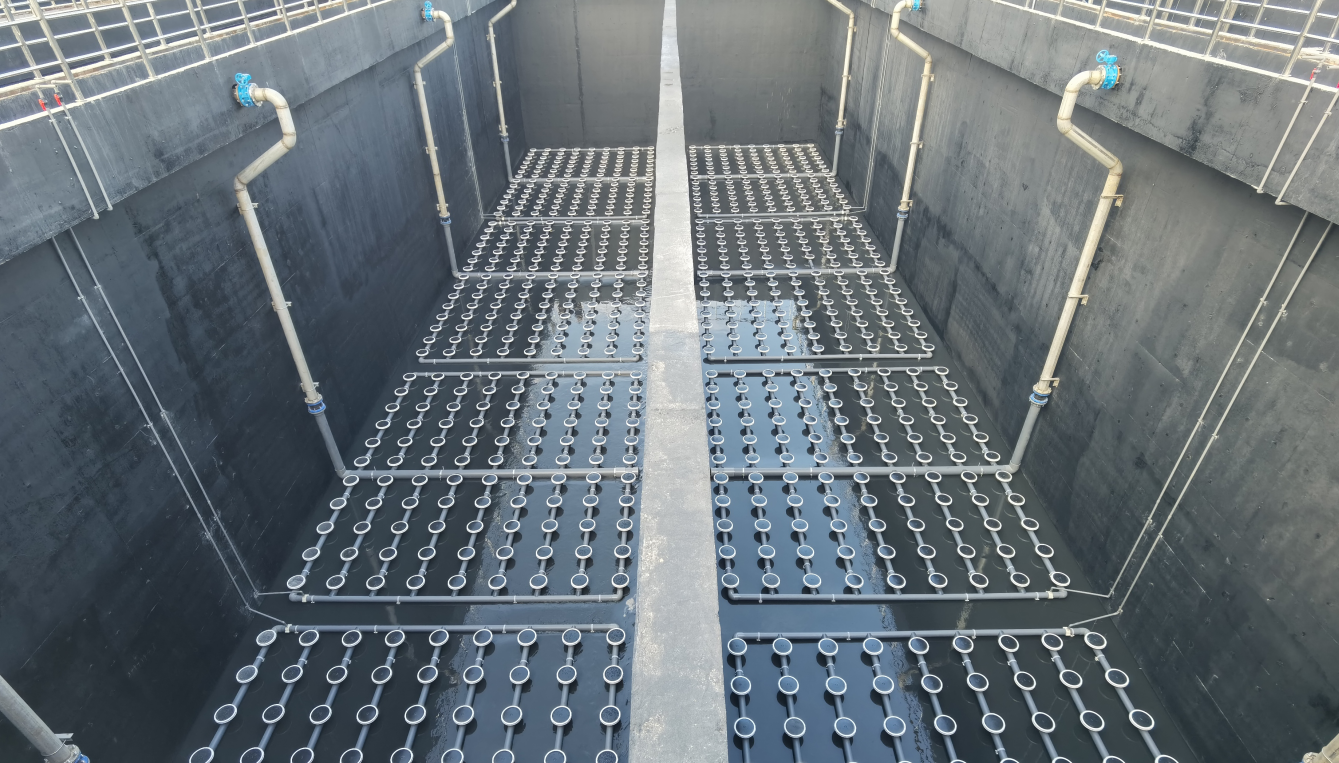
3 Key Strategies to Optimize Disc Diffuser Performance
1. Advanced Membrane Material Selection
JUNTAI’s EPDM+TPU composite membrane (patent pending) combines:
-
98% resistance to chemical corrosion (acids, oils, H2S)
-
0.03mm ultra-fine pore size for uniform bubble distribution
-
5-year lifespan under continuous operation
2. Dynamic Bubble Size Control Technology
Our self-cleaning design prevents pore clogging through:
-
Anti-fouling nano-coating (tested in 10,000mg/L SS environments)
-
Automatic backflush compatibility
-
Stable α-factor (0.85) even in high-solids wastewater
3. Smart Layout Configuration
JUNTAI provides CFD simulation services to optimize:
-
Diffuser density (4-6 units/m² for municipal sewage)
-
Submergence depth (4-6m for optimal pressure balance)
-
Pipeline network pressure loss (<5%)
Case Study: Petrochemical WWTP Upgrade in Indonesia
A 50,000m³/day plant achieved:
✅ 27% reduction in blower energy use
✅ DO concentration stabilized at 2.8-3.2mg/L
✅ Membrane replacement cycle extended to 2 years
Why Choose JUNTAI Disc Diffusers?
-
ISO 9001 & CE certified production facilities
-
Customizable sizes (Φ180mm-Φ300mm)
-
24/7 remote performance monitoring support
Call-to-Action: Download our Oxygen Transfer Efficiency Calculator to estimate your cost savings!




